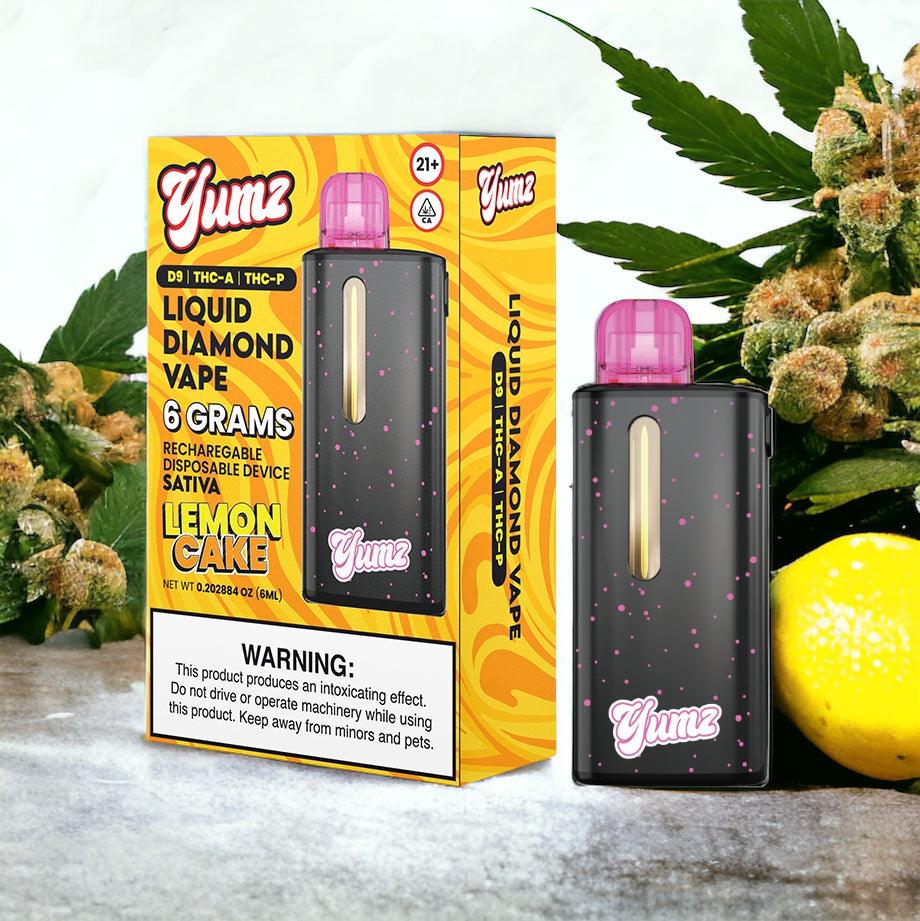
CB9 is emerging as the latest buzzword in Europe's hemp scene.
This novel cannabinoid is gaining traction for its unique attributes, setting the stage for a new chapter in hemp innovation across the continent.CB9, a derivative of CBD found in the cannabis plant, is one of the newer cannabinoids that has drawn attention in both scientific and consumer circles due to its unique properties. Unlike CBD, known for its lack of psychoactive effects, CB9 possesses psychoactive properties, setting it apart and making it similar in some respects to THC, but with a distinct profile.

CB9's emergence as a psychoactive cannabinoid introduces a fascinating twist in the cannabinoid narrative, primarily dominated by discussions around THC and CBD. CB9's molecular structure, while sharing similarities with CBD, has a significant structural modification that imbues it with psychoactive effects. This alteration demonstrates the intricate relationship between chemical structure and biological activity within the cannabinoid family, highlighting the potential for nuanced and varied effects even among closely related compounds.
The psychoactive nature of CB9 offers a blend of therapeutic and recreational possibilities. For therapeutic applications, the mild psychoactive effects of CB9 could be beneficial in treating conditions where mood modulation or sensory perception alterations are desired without the intense high associated with THC. This could include treatments for anxiety, stress, and possibly even chronic pain, where the psychoactive properties may contribute to pain relief or a heightened sense of well-being.
On the recreational side, CB9 provides an alternative to traditional THC-based products, offering a different spectrum of effects that could appeal to users looking for milder psychoactive experiences. This positions CB9 uniquely within the recreational cannabis market, potentially attracting a demographic interested in the nuanced effects of cannabinoids.
The discovery of CB9 also underscores the complexity of the cannabis plant and its cannabinoid constituents. The process of identifying, isolating, and understanding the effects of cannabinoids like CB9 is challenging due to their complex chemical nature and the intricacies of the endocannabinoid system. CB9's detection and analysis present significant hurdles, necessitating advanced analytical methods beyond the conventional ones used for other cannabinoids. These challenges highlight the ongoing need for scientific advancement in cannabis research, including the development of more sophisticated testing methodologies
Despite these challenges, the potential of CB9 extends beyond its current understanding. Its unique psychoactive properties, combined with its relationship to CBD, open up new avenues for research into the endocannabinoid system, the therapeutic potential of cannabinoids, and the development of cannabinoid-based products. As research continues, the understanding of CB9's effects, both psychoactive and therapeutic, will likely evolve, contributing to the broader knowledge of cannabinoids and their potential benefits.
In summary, CB9 represents a significant and promising milestone in cannabinoid research and development. Its emergence as a psychoactive cannabinoid with distinct properties from both THC and CBD illustrates the vast and largely untapped potential of cannabinoids. The ongoing research into CB9, despite facing significant challenges in detection and analysis, promises to expand our understanding of cannabinoids' therapeutic and recreational potential, potentially leading to new treatments and products that leverage the unique properties of CB9 and other cannabinoids.
Difference between CB9 and CBG?
CB9 and CBG are both cannabinoids found in the cannabis plant, each with distinct properties and potential benefits.
CB9, a derivative of CBD, is known for its psychoactive effects, which are milder compared to THC. It interacts with the endocannabinoid system (ECS) in ways that are still under investigation. The production of CB9 involves complex chemical processes, and it presents challenges in detection due to its unique chemical structure. Potential benefits of CB9 include relieving symptoms of pain and inflammation, managing stress and anxiety, and providing a sense of release. However, its availability is currently limited, and its legal status varies.
CBG, or cannabigerol, is non-psychoactive and acts as a precursor to other cannabinoids, including THC and CBD. It has a stronger binding affinity with both CB1 and CB2 receptors in the ECS, potentially offering benefits such as reducing discomfort, influencing glaucoma, and providing therapeutic avenues for neurological disorders like Parkinson's Disease and multiple sclerosis (MS). Despite its promise, CBG is found in low concentrations in most cannabis strains, making it more difficult and expensive to produce in large quantities. CBG-rich products, however, are beginning to emerge, including tinctures, crystals, liquids, and softgel capsules.
The main differences between CB9 and CBG lie in their psychoactive properties, interaction with the ECS, and their production and availability. CB9 offers milder psychoactive effects, while CBG, being non-psychoactive, interacts more directly with the ECS receptors. CBG is acknowledged for its potential therapeutic benefits, but its scarcity and production challenges limit its widespread use compared to more abundant cannabinoids like CBD.
In summary, both CB9 and CBG present unique properties and potential benefits within the spectrum of cannabinoids. Their differing interactions with the ECS and their varying psychoactive effects make them subjects of interest for further research and development in the field of cannabinoid science and therapy.



